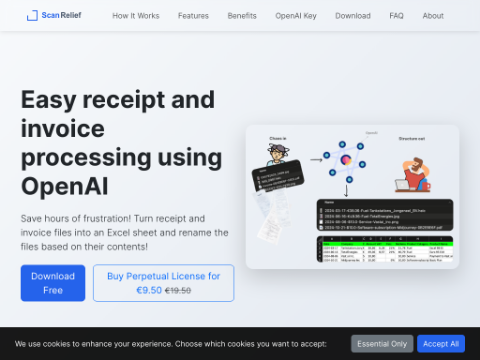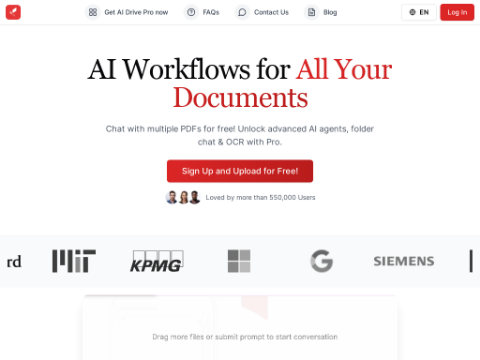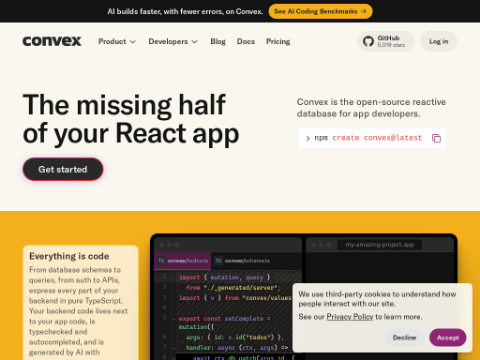AI agents are increasingly handling complex and repetitive tasks, such as supply chain planning and equipment ordering. As organizations deploy more agents developed by different vendors across various frameworks, these agents may end up isolated, unable to coordinate or communicate effectively. The lack of interoperability remains a significant challenge, with conflicting recommendations arising from different agents. Establishing standardized AI workflows is difficult, and agent integration often requires middleware, adding complexity and potential failure points.
Google's Protocol to Standardize AI Agent Communication
At Cloud Next 2025, Google introduced its Agent-to-Agent (A2A) protocol to standardize communication between different AI agents. A2A is an open protocol that enables independent AI agents to communicate and collaborate. It complements Anthropic's Model Context Protocol (MCP), which provides models with context and tools. While MCP connects agents to tools and resources, A2A connects agents to one another. Google’s new protocol fosters collaboration among AI agents on different platforms and from various vendors, ensuring secure, real-time communication and task coordination.
In an A2A-enabled system, two roles exist: client agents and remote agents. The client initiates tasks to achieve goals on behalf of users, sending requests that the remote agent receives and acts upon. Depending on who initiates the communication, an agent can act as a client in one interaction and as a remote agent in another. The protocol defines standard message formats and workflows for interactions.
Tasks form the core of A2A, with each task representing a unit of work or dialogue. The client agent sends requests to the remote agent's send or task endpoint, including instructions and a unique task ID. The remote agent then creates a new task and begins processing it.
Google has garnered broad industry support, with over 50 technology partners like Intuit, Langchain, MongoDB, Atlassian, Box, Cohere, PayPal, Salesforce, SAP, Workday, ServiceNow, and UKG backing the initiative. Notable service providers include Capgemini, Cognizant, Accenture, BCG, Deloitte, HCLTech, McKinsey, PwC, TCS, Infosys, KPMG, and Wipro.
How HyperCycle Aligns with A2A Principles
HyperCycle's Node Factory framework facilitates the deployment of multiple agents, addressing existing challenges and empowering developers to create reliable collaborative setups. This decentralized platform advances the bold concept of an "Internet of AI" using self-sustaining nodes and innovative licensing models to enable large-scale AI deployments. The framework supports cross-platform interoperability by standardizing interactions and supporting agents from diverse developers, allowing them to collaborate regardless of origin.
The platform’s peer-to-peer network connects agents across the entire ecosystem, eliminating silos and enabling unified data sharing and coordination across nodes. Self-replicating nodes can scale, reducing infrastructure needs and distributing computational load.
Each Node Factory replicates up to 10 times, doubling the number of nodes inside the factory with each replication. Users can purchase and operate Node Factories across ten distinct levels. This growth enhances the capacity of each factory, meeting the rising demand for AI services. One node may host communication-focused agents, while another supports data analytics agents. Developers can create custom solutions by crafting multi-agent tools from the nodes they use, addressing scalability issues and isolated environments.
HyperCycle's Node Factory operates within a network using the Toda/IP architecture, which runs parallel to TCP/IP. The network comprises hundreds of thousands of nodes, enabling developers to integrate third-party agents. By incorporating third-party analytical agents, sharing intelligence, and promoting collaboration across the network, developers can enhance functionality.
According to HyperCycle CEO Toufi Saliba, Google’s developments around A2A represent a significant milestone for his project on agent cooperation. This news supports his vision for interoperable, scalable AI agents. In an X post, he stated that more AI agents will now access nodes generated by HyperCycle Factories. These nodes can plug into any A2A, allowing every AI agent in Google Cloud—including those from its 50+ partners—to access AWS agents, Microsoft agents, and the broader AI internet almost instantly. Saliba’s statement highlights the potential of A2A and its synergy with HyperCycle’s mission.
Security and Speed of HyperCycle’s Layer 0++
HyperCycle’s Layer 0++ blockchain infrastructure offers security and speed, complementing A2A by providing a decentralized, secure foundation for AI agent interactions. Layer 0++ is an innovative blockchain running on Toda/IP, splitting network packets into smaller parts and distributing them across nodes.
It can also extend the usability of other blockchains by bridging them, meaning HyperCycle can enhance the capabilities of Bitcoin, Ethereum,








